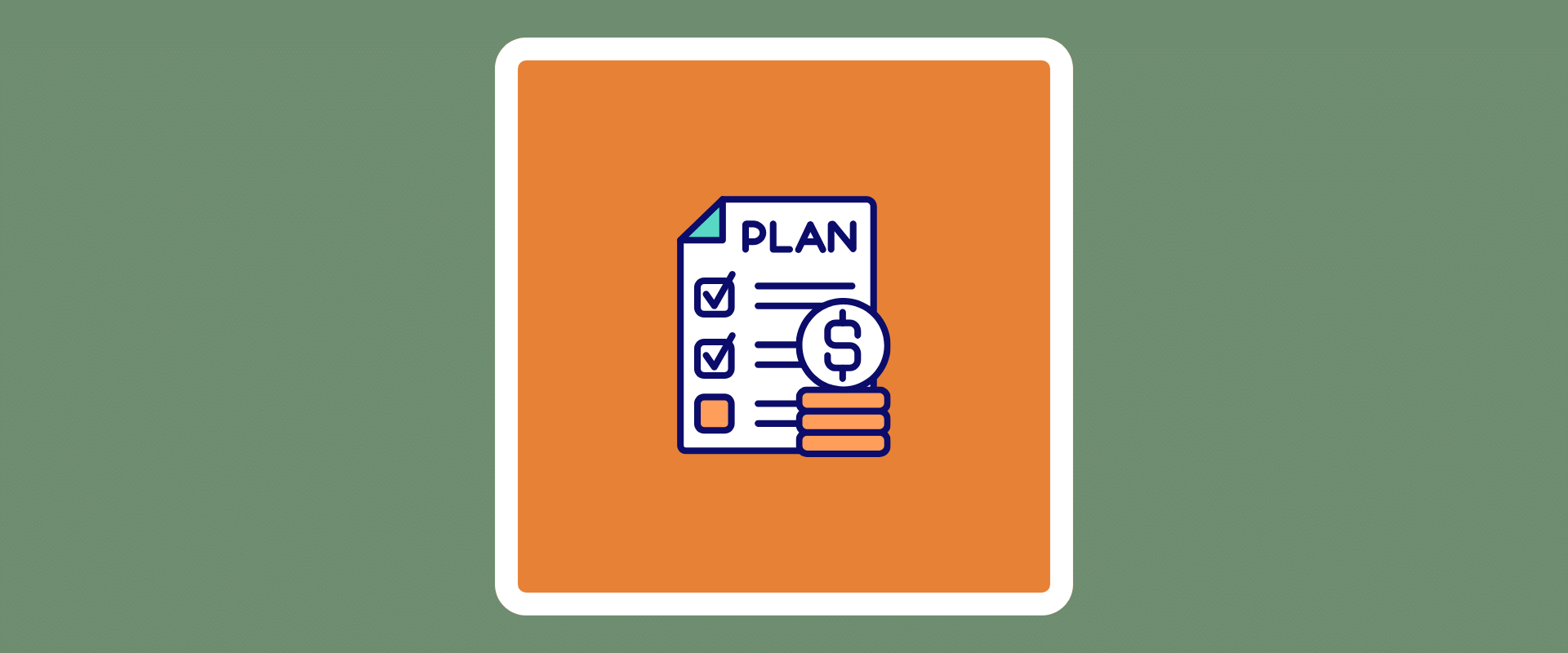Investing in a stair lift is a significant decision that can significantly enhance accessibility and quality of life for individuals with mobility challenges. However, before embarking on the stairlift installation process, planning ahead and budget accordingly is essential. In this guide, we’ll explore the importance of budgeting for stairlift installation as part of your overall home accessibility strategy, along with helpful tips for managing costs effectively.
1. Assessing Your Accessibility Needs
Before budgeting for stairlift installation, it’s crucial to assess your accessibility needs and determine the best solution for your home. Consider factors such as the layout of your staircase, the level of assistance required, and any future mobility challenges you may face. This evaluation will help you determine the type of stairlift best suits your needs and budget.
2. Researching Stairlift Options
Once you’ve identified your accessibility needs, research different stairlift options to understand their features, pricing, and installation requirements. Explore reputable stairlift brands, read customer reviews, and compare prices to ensure you’re making an informed decision. While cost is essential, quality and reliability should also be prioritised.
3. Budgeting for the Stairlift Purchase
When budgeting for the stairlift purchase, consider the following expenses:
- Stairlift Cost: The stairlift cost is typically the most significant expense. Prices vary depending on the type of stairlift (straight or curved), features, and brand. Obtain quotes from multiple suppliers to compare prices and find the best value for your budget.
- Installation Fees: Professional installation is usually required for stairlifts to ensure proper setup and safety. Factor in the installation cost when budgeting for the overall project. Installation fees may vary depending on factors such as the complexity of the installation and any additional modifications required.
- Additional Features and Accessories: Depending on your needs and preferences, you may add optional features or accessories to your stairlift, such as powered swivel seats, folding rails, or remote controls. Budget for these additional expenses accordingly.
4. Considering Long-Term Costs
In addition to the upfront costs of purchasing and installing a stairlift, it’s essential to consider long-term expenses such as maintenance, repairs, and warranty coverage. Budgeting for ongoing maintenance and potential repair costs will help ensure your stairlift’s continued functionality and reliability over time.
5. Exploring Financing Options
If the upfront cost of a stairlift is a concern, explore financing options such as manufacturer financing plans, personal loans, or home equity loans. Many stairlift suppliers offer flexible payment plans to accommodate different budgets, allowing you to spread the cost of the stairlift over manageable monthly payments.
Summary Of Budgeting for Stairlift Installation as Part of Your Home Accessibility Strategy
Budgeting for stairlift installation as part of your home accessibility strategy is essential for ensuring a smooth and successful process. By assessing your accessibility needs, researching stairlift options, and budgeting for upfront and long-term costs, you can make informed decisions and achieve greater independence and mobility in your home. Remember to explore financing options and consult with stairlift experts to find the best solution for your needs and budget. With careful planning and budgeting, installing a stairlift can be a valuable investment in your safety and quality of life.

